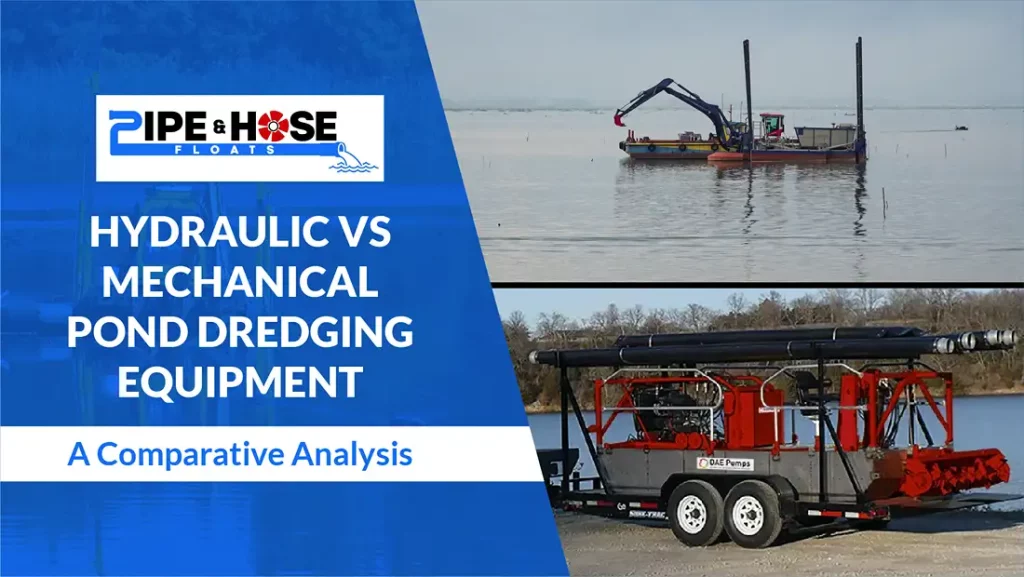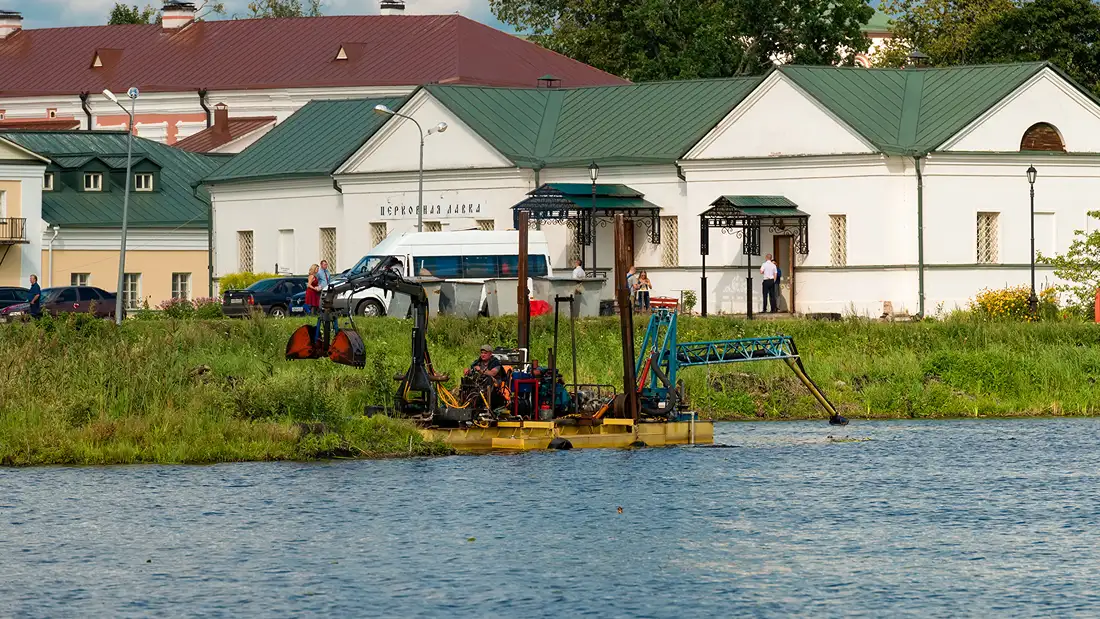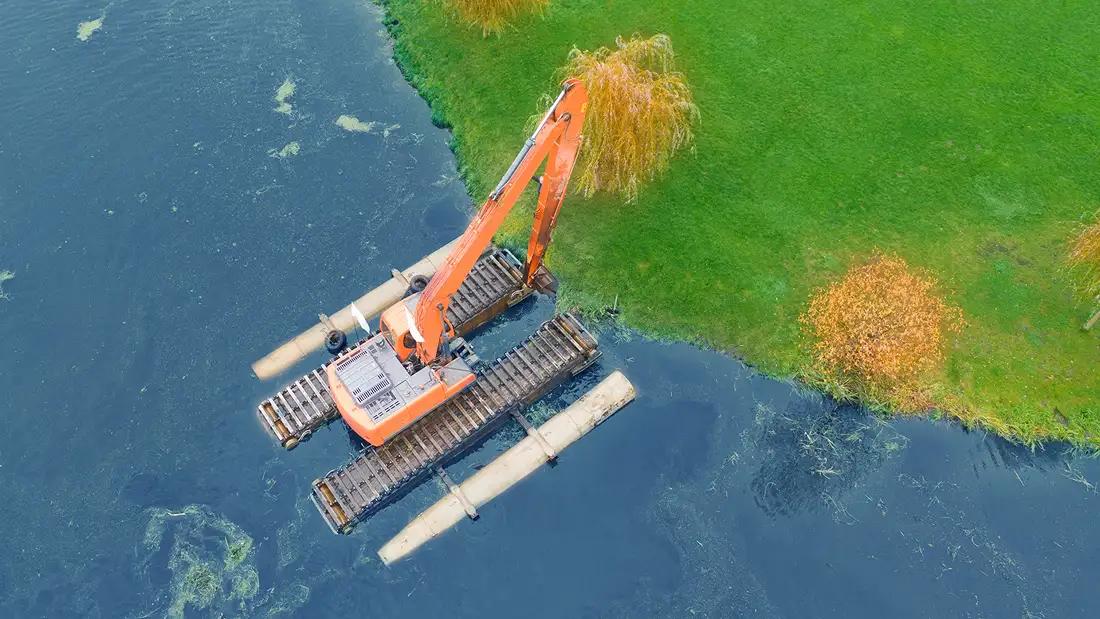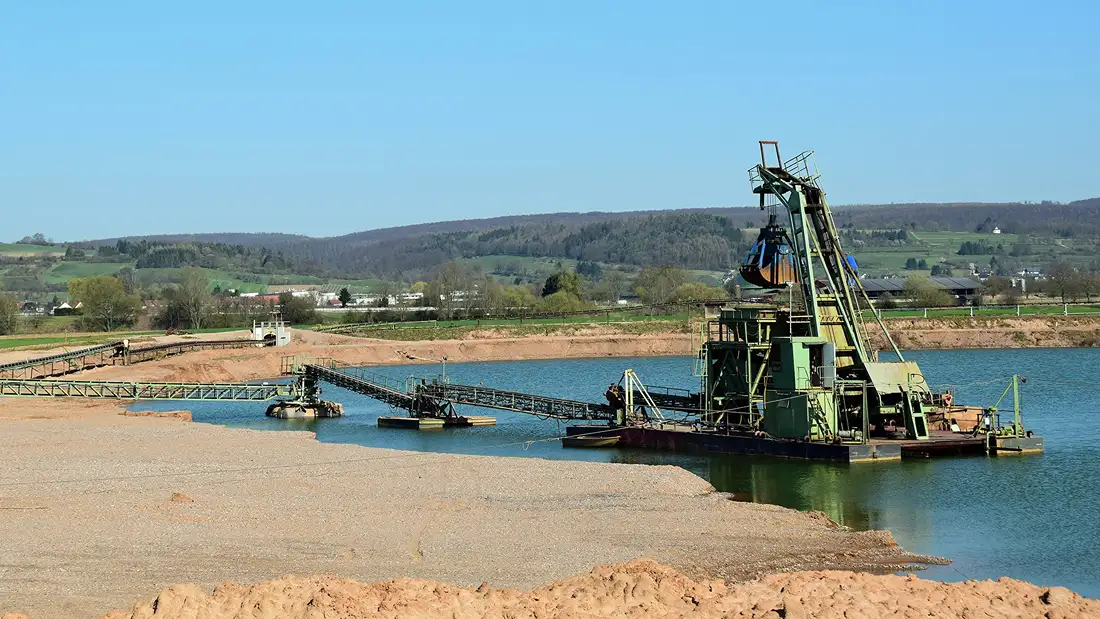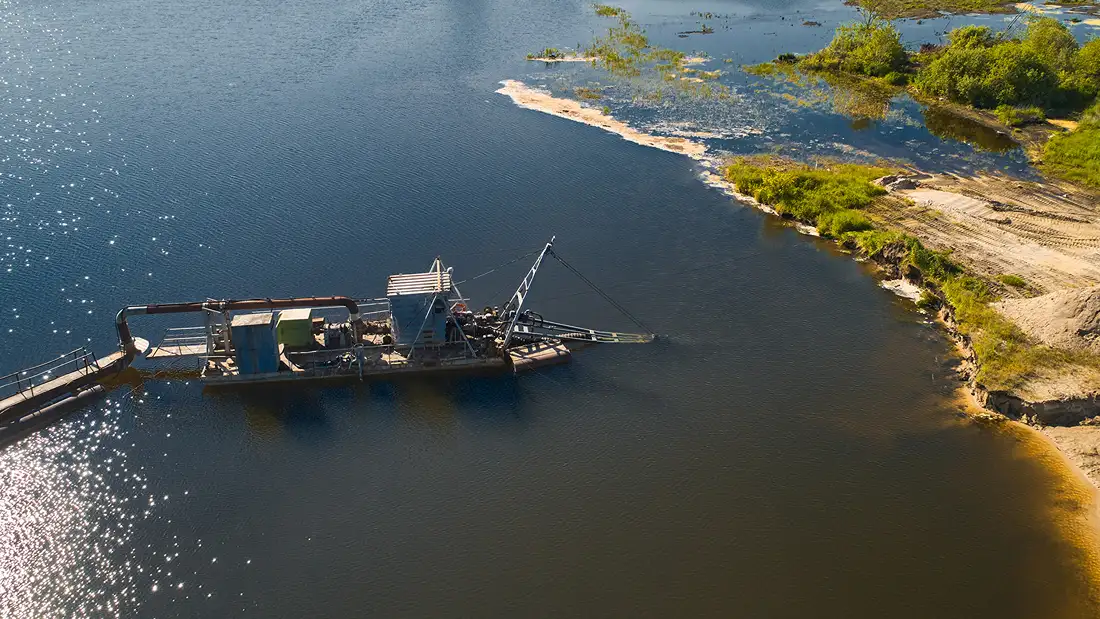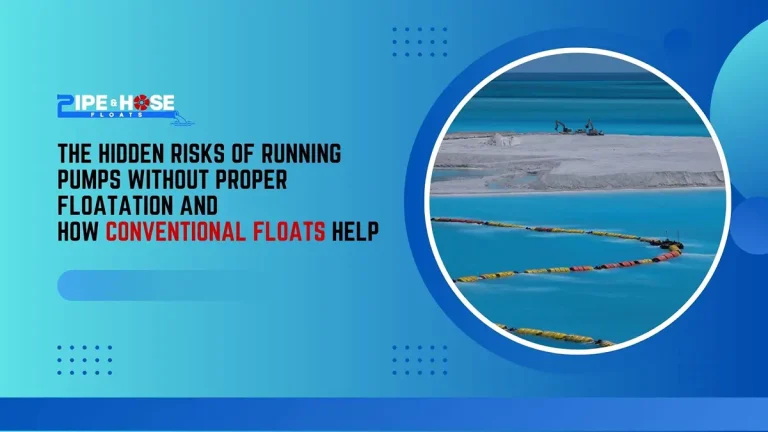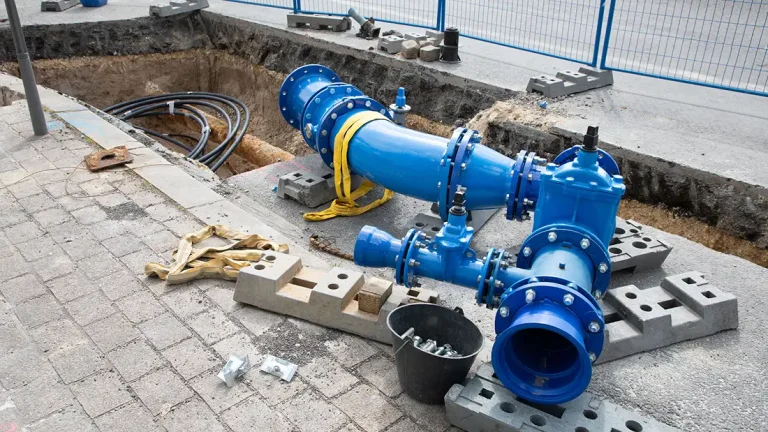Pond dredging is an essential process in maintaining the health and functionality of a pond or water body. Over time, sediment, organic matter, and debris accumulate at the bottom of a pond, leading to issues such as reduced water quality, poor oxygenation, and inhibited aquatic life. This buildup of sediments can also obstruct water flow, causing the pond to become shallower, which can exacerbate flooding or drainage problems. To remedy these challenges, pond owners often turn to specialized pond dredging equipment, which helps to remove unwanted material from the pond bed and restore the water body’s ecosystem.
Among the various types of pond dredging equipment available, hydraulic and mechanical dredging equipment are the two most commonly used. Both serve the same primary purpose—removing sediment from the pond—but they differ in their methods, efficiency, and suitability for specific types of projects. In this article, we will take a deep dive into the differences between hydraulic and mechanical pond dredging equipment, analyzing their features, advantages, limitations, and ideal use cases.
Understanding Pond Dredging Equipment
Pond dredging equipment refers to machines and tools specifically designed to remove sediment, debris, and organic material from the bottom of ponds, lakes, and other bodies of water. The primary goal of using dredging equipment is to clear the buildup of materials that can impede water flow, cause pollution, or create an unhealthy ecosystem.
When choosing pond dredging equipment, it’s important to consider several factors, including the size of the pond, the depth of sediment buildup, the type of sediment, and the specific goals of the dredging project. The right equipment can make a significant difference in terms of efficiency, cost-effectiveness, and environmental impact.
Hydraulic and mechanical pond dredging equipment are two of the most popular choices. Understanding how these two types of dredging equipment operate, as well as their benefits and limitations, will help pond owners determine which is best suited for their needs.
Hydraulic Pond Dredging Equipment
Hydraulic pond dredging equipment operates through the principle of suction. A hydraulic dredger uses a powerful pump system to suck up water, sediment, and debris from the bottom of the pond. The suction system typically involves a dredge head that is lowered to the pond’s bottom, where it collects sediment and pumps it through a pipeline, where it can then be discharged elsewhere, such as on land or in a designated containment area.
Key Features of Hydraulic Pond Dredging Equipment
- Suction Mechanism: The key feature of hydraulic dredging is the use of suction to collect sediment. Hydraulic dredgers use a high-powered pump to create a vacuum that draws in sediment and debris, making it highly effective in removing large volumes of material with minimal disturbance to the surrounding environment.
- Long Reach and Depth: Hydraulic dredging equipment is typically designed to work in deeper water, allowing it to reach greater depths compared to mechanical dredgers. This makes hydraulic dredging an excellent choice for large ponds or lakes with deep sediment layers.
- Versatility in Sediment Types: Hydraulic dredging is effective in removing a wide variety of sediments, including fine silt, mud, and organic material. This versatility allows hydraulic dredgers to handle diverse pond conditions.
Advantages of Hydraulic Pond Dredging Equipment
- Efficiency in Sediment Removal: Hydraulic dredgers are highly efficient in their ability to remove large amounts of sediment quickly. Their ability to suck up sediment from deep underwater means that they can clear large areas in a short amount of time.
- Minimal Disruption to the Environment: Because hydraulic dredgers use suction to collect sediment, they tend to cause minimal disruption to the surrounding aquatic environment. This is especially important in cases where pond owners want to preserve the integrity of the pond ecosystem.
- Long-distance Transport: Hydraulic dredging systems can transport sediment over long distances through pipelines. This feature makes them particularly useful when sediment needs to be moved far from the dredging site to a containment or disposal area.
- Ideal for Large or Deep Ponds: The ability to work in deeper waters and handle larger sediment volumes makes hydraulic dredging equipment well-suited for large ponds, lakes, or water bodies that require significant dredging efforts.
Limitations of Hydraulic Pond Dredging Equipment
- High Initial Investment: Hydraulic dredging equipment typically comes with a higher initial cost compared to mechanical dredgers. This can make it a less viable option for those with smaller budgets or smaller ponds that don’t require intensive dredging.
- Complex Maintenance: The sophisticated pump and pipeline systems that hydraulic dredgers rely on require regular maintenance. The complexity of the equipment means that it may be harder to repair or service than simpler mechanical dredging systems.
- Limited Portability: Due to the size and complexity of hydraulic dredgers, they may not be as portable as mechanical dredging equipment. This can be a drawback if a pond requires frequent dredging or if the equipment needs to be transported to multiple sites.
Mechanical Pond Dredging Equipment
Mechanical pond dredging equipment uses mechanical methods to physically scoop or drag sediment from the bottom of a pond. These dredgers rely on moving parts such as buckets, clamshells, or draglines to collect sediment and bring it to the surface, where it is either removed or transported to a designated area for disposal.
Key Features of Mechanical Pond Dredging Equipment
- Bucket and Clamshell Systems: One of the most common forms of mechanical dredging involves the use of a bucket or clamshell system, which scoops up sediment and debris from the pond bottom. The sediment is then lifted to the surface by a crane or other lifting mechanism.
- Draglines and Excavators: Some mechanical dredging systems use a dragline or excavator to scoop up and remove sediment from the pond. These systems are often used in shallow water or smaller ponds.
- Simple Operation: Mechanical dredgers are typically easier to operate than hydraulic dredgers. They rely on mechanical parts, which can be simpler to maintain and repair.
Advantages of Mechanical Pond Dredging Equipment
- Lower Cost: Mechanical dredgers tend to have lower initial costs than hydraulic dredgers, making them a more affordable option for pond owners who are working within a budget. Additionally, their simplicity often leads to lower operational costs.
- Ease of Maintenance: With fewer complex components, mechanical dredging equipment is easier to maintain. Pond owners or operators can usually perform routine maintenance themselves, reducing downtime and repair costs.
- Ideal for Shallow Ponds and Small Projects: Mechanical dredgers are particularly effective for smaller ponds or shallow water bodies. Their ability to scoop up sediment directly from the bottom makes them a great choice for small pond dredging projects.
- Portability: Many types of mechanical dredging equipment are more portable than hydraulic dredgers. This makes them an attractive option for contractors who need to move equipment from one site to another or for smaller pond owners who need equipment that’s easy to transport.
Limitations of Mechanical Pond Dredging Equipment
- Limited Depth and Reach: Mechanical dredging equipment is typically less effective in deeper ponds. The mechanical scooping action can struggle to reach sediment that is far below the water’s surface, making it a less suitable option for deep ponds or lakes.
- Higher Environmental Impact: The mechanical process of scooping or dragging sediment can disturb the pond’s ecosystem more than hydraulic dredging, potentially damaging aquatic plants or disrupting fish habitats. This can be a concern for pond owners who want to minimize environmental damage.
- Less Efficient for Large Projects: While mechanical dredgers can handle smaller projects well, they may not be as efficient in removing large quantities of sediment compared to hydraulic systems, which are designed for larger volumes.
Comparing Hydraulic vs. Mechanical Pond Dredging Equipment
When it comes to selecting the right pond dredging equipment, it’s important to consider factors such as cost, efficiency, environmental impact, and suitability for the pond size. The two main types of pond dredging equipment—hydraulic and mechanical—each have distinct advantages and limitations. Let’s compare these two in more detail to help you choose the best option for your dredging needs.
Cost Comparison
Initial Investment: Hydraulic pond dredging equipment generally involves a higher upfront cost. This is due to the more complex systems, larger size, and specialized equipment required for hydraulic dredging. The pumps, pipelines, and dredge heads are all significant investments, making it a costlier choice. On the other hand, mechanical dredgers, including small pond dredge equipment, are typically more affordable. They rely on simpler systems like scoops, buckets, or clamshells to collect sediment, making them more accessible for smaller budgets or projects.
Operational Costs: While hydraulic pond dredging equipment offers higher efficiency in large-scale dredging projects, it comes with increased operational and maintenance costs. The complexity of hydraulic systems means they require more maintenance, including pump repairs and pipeline management, which adds to ongoing expenses. Conversely, mechanical dredging equipment tends to have lower operational costs. It’s easier to maintain, with fewer complex components to worry about. For smaller projects or those with tight budgets, using small pond dredge equipment or a mechanical dredger can save you significant money in the long run.
Efficiency and Performance
Sediment Removal: Hydraulic pond dredging equipment excels at removing large volumes of sediment, particularly in deep ponds. Its suction mechanism is highly effective at handling fine silt, mud, and organic material, making it suitable for ponds with heavy sediment buildup. This makes hydraulic dredging a great option for larger ponds or lakes where the sediment removal needs are more extensive. However, mechanical dredging can still be a good choice for smaller ponds where the sediment buildup is less severe. Small pond dredge equipment is designed to work efficiently in these conditions, offering targeted removal for minimal sediment deposits.
Speed of Operation: When it comes to speed, hydraulic dredging equipment tends to outperform mechanical dredgers, especially in large ponds or lakes. Hydraulic dredgers can remove sediment quickly and efficiently, handling large amounts of material in less time. The suction process also allows hydraulic dredgers to work continuously, making them an excellent option for large-scale dredging projects. In contrast, mechanical dredgers may take longer to complete the same task, especially when working in deeper or more sediment-heavy areas. However, mechanical dredgers or small pond dredge equipment are often quicker in smaller, shallow ponds with manageable sediment quantities.
Environmental Impact
Minimal Disruption: One of the primary benefits of hydraulic pond dredging equipment is its ability to remove sediment with minimal disruption to the pond’s ecosystem. The suction process is gentler compared to mechanical dredging, which means the surrounding aquatic life and vegetation are less likely to be disturbed. For pond owners who prioritize preserving the health of their water body and maintaining a low environmental impact, hydraulic dredgers are the preferred choice. The ability to transport sediment over long distances also reduces the need for multiple passes through the pond, further limiting disruption.
Greater Disturbance: In contrast, mechanical dredging equipment, while effective, can cause more disturbance to the pond’s ecosystem. The physical process of scooping or scraping sediment from the pond bed can stir up sediment and disrupt the aquatic environment. This can negatively affect fish, plant life, and water quality. Mechanical dredgers, including small pond dredge equipment, are more likely to cause localized disturbances, particularly in shallow areas where the dredging equipment comes into closer contact with the pond’s surface and ecosystem.
Suitability for Pond Size
Large Ponds and Deep Sediments: Hydraulic pond dredging equipment is ideally suited for larger ponds or lakes with deep sediment layers. Its ability to reach great depths and remove significant volumes of material makes it the perfect choice for major dredging projects. If you have a pond with extensive sediment buildup or if the depth of the pond exceeds the reach of other dredging equipment, hydraulic dredging is your best option.
Small Ponds and Shallow Waters: For smaller ponds, or those with shallow water, mechanical dredging equipment, particularly small pond dredge equipment, is a more suitable choice. These dredgers are more affordable, easier to transport, and simpler to use. They are effective in ponds with limited sediment buildup, and they can work in shallow areas where larger, hydraulic systems might not be as effective. Small pond dredge equipment allows for more precise removal of sediment without disturbing the entire pond ecosystem.
Conclusion
Both hydraulic and mechanical pond dredging equipment have their own advantages and disadvantages, depending on the size, depth, and type of pond being dredged. Hydraulic dredgers excel in large ponds with deep sediment layers, offering efficient and environmentally friendly sediment removal. However, they come with a higher price tag and more complex maintenance needs. Mechanical dredgers, on the other hand, are ideal for smaller projects, offering a more affordable and easy-to-maintain solution. While they are less efficient in large-scale operations and may cause more environmental disruption, they are a great option for those with smaller budgets or less challenging dredging projects.
Ultimately, the choice between hydraulic and mechanical pond dredging equipment depends on the specific needs of the pond owner. By carefully considering the pond’s size, sediment type, and available budget, pond owners can make an informed decision that will best serve their pond’s health and long-term viability.

